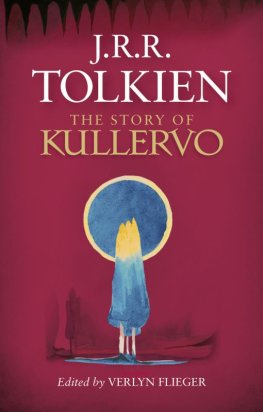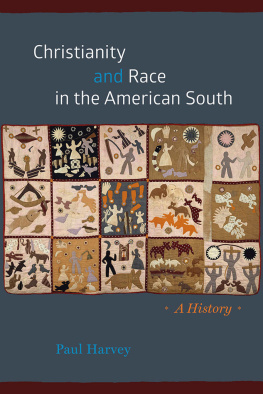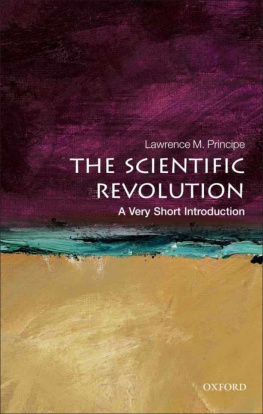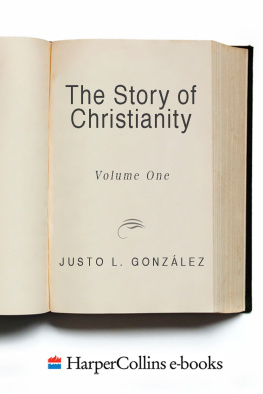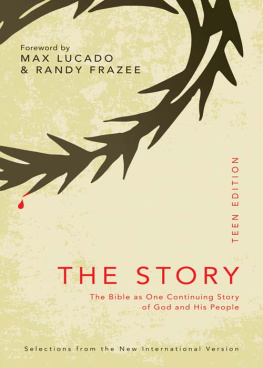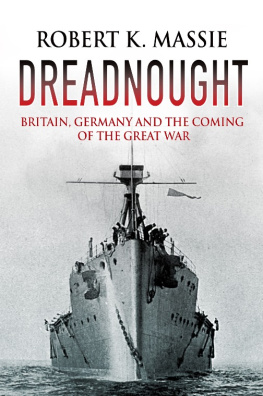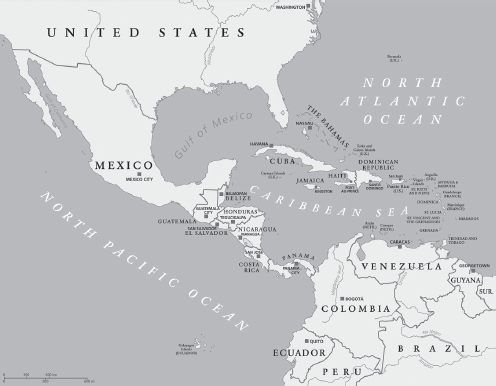The Fascinating Origin of the Dominican Republic
All Rights Reserved.
Copyright 2022 Esteve Redolad
v3.0
The opinions expressed in this manuscript are solely the opinions of the author and do not represent the opinions or thoughts of the publisher. The author has represented and warranted full ownership and/or legal right to publish all the materials in this book.
This book may not be reproduced, transmitted, or stored in whole or in part by any means, including graphic, electronic, or mechanical without the express written consent of the publisher except in the case of brief quotations embodied in critical articles and reviews.
Outskirts Press, Inc.
http://www.outskirtspress.com
Cover Photo 2022 www.gettyimages.com. All rights reserved - used with permission.
Outskirts Press and the OP logo are trademarks belonging to Outskirts Press, Inc.
PRINTED IN THE UNITED STATES OF AMERICA
[After] a foreign powers interference, a bloody revolution, a total victory, frequent bonds between the two peoples long separated, a community of ideas in the struggle, a unity of aspirations, signs of friendship, help and compassion amid the trials, must we revive old hates that should be extinguished, never to be reborn? Organization and outrage continued in the town, in the center of the island, and all across the territory. For how long will parties toy with the destiny of these two pueblos? When will these wicked idols fall from their pedestals?
Newspaper La Regeneracin September 1865
Table of Contents
Acknowledgements
This is a free version of the book, originally written in Spanish, that I had the privilege to write in 2019.
While I did receive a lot of help and advice back then, writing in English was a significant new challenge for me - as English is my third language - a challenge that I could only face with the help of many. I want to acknowledge and thank all those who have helped me in writing this English version, especially Rev. Robert Fictum, Rev. Tom Suriano, Jackie Slana, Kathryn Lalonde and Rev. Steven Avella among others. While their generous and dedicated help has made this book a good read, they are in no way responsible for any inaccuracies, mistakes or errors which are solely and entirely my own.
Likewise, I would like to thank the World Mission Ministries Office of the Archdiocese of Milwaukee, especially its Director Dr. Antoinette Mensah, for encouraging and supporting this project.
This book is a summary of the work of many dedicated scholars. I am extremely thankful for their research that I have used to build this narrative. I have utilized mainly the works of Anne Eller (We Dream Together), Orlando Inoa (Historia Dominicana), Frank Moya (Manual de historia dominicana), Graham Nessler (An Islandwide Struggle for Freedom) and Hugh Thomas (La trata de Esclavos and El Imperio Espaol).
Esteve Redolad, 2021
Introduction
Among the many thousands of islands that exist in the world, eighteen of them are split by political lines into two countries. But in only one of these islands, neither of the two countries that make up the island possess any other territory outside of it. The island was called Haiti, then Hispaniola or Quisqueya, and now it belongs to two countries: the Dominican Republic and the Republic of Haiti. They share 29,398 sq. miles of land and many stories.
These two countries have different languages and different traditions. While the Dominican Republic has one of the highest economic growth rates in Latin America, Haiti is at the bottom of the development index. Ethnically, the population in the Dominican Republic is mostly mulatto, while in Haiti the population is primarily black. In the former, they speak Spanish; in the latter, Creole. These are important differences but somehow merely accidental. Some other disparities have more dangerous implications, such as stories and legends of old wounds, insults, and battles, which feed and perpetuate social prejudices in both directions.
When we see the disparities between the two countries, the question naturally pops up: What happened here? Why is Creole spoken in Haiti? Why was the Dominican Republic the only country in Latin America that did not become independent from Spain or Portugal?
As is often the case, there are no simple answers to these questions. The good news is that, although they are not simple, the answers are fascinating.
This book is not intended to be a treatise about Dominican history nor an exhaustive or academic work. From a primary bibliography, it will convey and review how fascinating the events that happened in the Dominican Republic were, and with it also in Haiti, since, as neighbors, their stories are often intertwined. These pages do not explain a tale of heroes and villains but stories of people who jumped on the bandwagon of history with their contradictions and doubts, as we all have. It is a story of fratricidal rivalries, cruel confrontations and battles, unexpected betrayals, unlikely alliances, tragic decisions, and shared ideals. A story that, like life itself, is fascinating.
PART ONE
COLONIZATION AND EXPLOITATION
OF THE ISLAND OF HISPANIOLA
(1492-1606)
1.
How, and Why, Columbus Found the Caribbean
Constantinople and the price of pepper in 1453
Constantinople, todays Istanbul, is a beautiful city in Turkey located right between Europe and Asia. The city was founded around 700 BC, before even some books of the Old Testament were written. Due to its strategic location, Istanbul was crucial for trade, especially in spices such as ginger, cinnamon or cloves, transported from Asia to Europe via Istanbul. Europes obsession with importing spices was not trivial, it was one of the few methods available to preserve food and, for some, it meant a very profitable enterprise. In 1511, you could buy a kilo (2.2 pounds) of pepper for a gram (0.04 ounces) of silver in the Far East and then sell it in Europe for thirty grams of silver, a 3,000% profit.
In the first half of the 15th century, the major trade routes between South Asia and Europe were controlled by the Ottoman Empire, except for the city of Constantinople, still the capital of the Eastern Roman Empire under the rule of the Christian Emperor, Constantine XI. In 1453, after a siege that lasted for months, the emperor finally lost the city to the Ottomans. The new owners were Muslims, who did not fare well with Christian Europe. Thus, the last and most crucial direct trade route with Asia was shut down. Europe was forced to look for new routes to the East.
Looking for an alternate route to Asia
The Portuguese found a route around Africa. Not a simple undertaking, considering that they had to navigate more than 12,000 miles, anchoring, of course, at several ports on the African coast.
There was another way. It was somewhat uncertain since no one had ever tried it before. In 1492, Christopher Columbus, an expert Genoese (Italy) navigator, adventurous and ambitious, was looking for someone to finance his revolutionary project: to reach India by sailing West. Although by then, to the wise and knowledgeable, it was known that the earth was spherical; in the popular imagination, the Earth was as flat as it seems when you walk on it, until proven otherwise. At its edges, the oceans ended in impressive waterfalls where there were all kinds of monsters and dangers. Any person wanting to go in that direction could only be considered out of their mind. It could only be the measure of human stupidity and a guaranteed call for misfortune.



